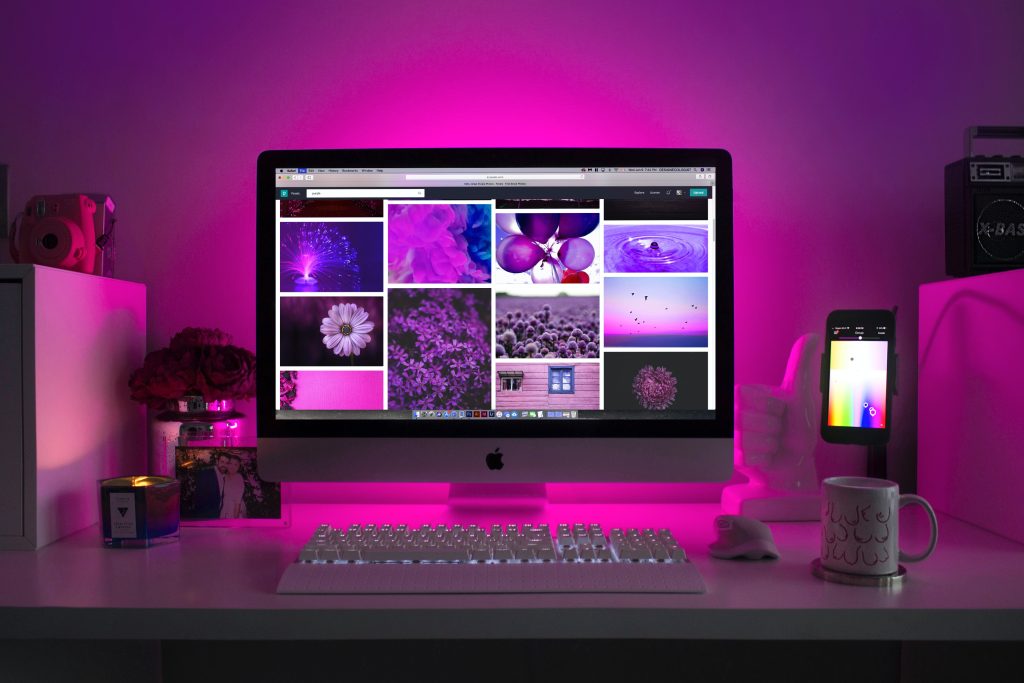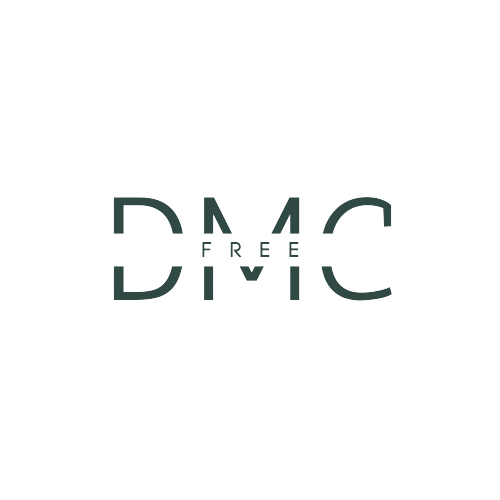
Pictures are essential for improving the beauty and navigability of a website. Initially, the internet recommended image sizes to be set as the height and width attributes. Nonetheless, browsing and web enhancement brought to an end the practice. However, recent changes in CSS and the acceptance by mainstream web browsers have revived the significance of specifying height and width attributes for images. This article again explains why resizing images for the web by specifying their height and width is essential.
Table of Contents
Why Auto Images Matter:
Autoplay image elements have historically caused layout shifts when loaded on a page. Without explicit width and height attributes, the browser struggles to determine the space required for each image before it finishes downloading. As a result, the page’s content jumps and shifts, leading to a disruptive user experience. Providing precise dimensions allows web developers to avoid layout shifts and ensure a smooth and seamless browsing experience.
Why Setting Height and Width Attributes Matters:
- Prevents Layout Shifts: The height and width attributes on the images are among the main strategies that help to avoid layout shifts. The browser calculates the area necessary for every element and picture to find out the dimensions of each element when the web page loads. With no set height and width dimensions on the image, the browser cannot determine where to place it, thus causing the page layout to shift when the image is loaded. This may result from loading elements on the page asynchronously in a way that the user has to figure out where to pick up again as the text jumps across the page.
- Improves Performance: Apart from avoiding layout shifts, specifying height and width attributes for images also helps enhance the speed of your web page. This ensures that a browser allocates the required space and renders the page since loading the image is not a priority. It helps lower the perceived load time and makes browsing through such sites much easier, especially considering low network connection speeds or low-end devices.
- Optimizes SEO: Any good website must include an SEO. Descriptive filenames and alt attributes to images contribute to SEO. You can also improve your image SEO by setting the height and width attributes. Image dimensions are a ranking factor that search engines consider. Therefore, providing accurate dimensions can enhance images’ indexing and visibility on search results pages.
- Maintains Aspect Ratio: It maintains the aspect ratio of images when you set height and width attributes for them. This helps to ensure that the images are not stretched or squashed when displayed on different devices, including mobile phones and computer screens with varying dimensions. Maintaining the aspect ratio ensures your photos look visually attractive on different screens.

Conclusion: Importance of Auto Images:
Therefore, it is critical that image height and width be set again since there have been recent changes in CSS with regard to the importance of web performance. This will also help in avoiding layout shifts, improving performance, enhancing SEO, and sustaining the aspect ratio for the image files. Adding this practice to your web development process will significantly enhance the user experience and make the website more attractive to look at.
To further explore related topics:
- Tech Jobs No Experience: Learn how to start a tech career. Tech Jobs No Experience.
- Computer Technician Jobs: Understand the potential jobs in the computer technician sector and how to enter the career world. Computer Technician Jobs
- I Love My Job: Find the pleasure, happiness and joy of loving your work and get some tips for creating a rewarding career. I love my job.
- Content Marketing Roadmap: Develop an effective content marketing strategy for your company. Content Marketing Roadmap
- Email Marketing Jobs: Talk about various email marketing careers and how to perform well in this vibrant industry. Email Marketing Jobs
- Responsive Web Design: Responsive web design: Understanding your website that is responsive to any type of screen and gadgets. Responsive Web Design
However, setting the heights and width for images may play an immense role in speeding up sites and creating good user experiences. Therefore, stick to such and let your website blossom in the internet world.
FAQ’s of (Auto Images)
1. What is an image in Website Design?
In web design, an image refers to any kind of graphic or visuals meant to create and improve the look and quality of a site. This may include photos, illustrations, icons, logos, and other images used to build a web page’s look.
2. How can I display pictures appropriately for a website?
Optimizing images for web use is the best way to show them on a website. Involves employing the right file format, scaling down the size of images, shrinking image size and using responsive design whereby the images adjust to different monitor sizes. Moreover, utilization of the HTML and CSS attributes, such as “srcset” for responsive images and lazy loading, can also boost the page’s load time and users’ experience.
3. What sources do web designers use for obtaining images?
Web designers can obtain images for their projects from various sources, including:
Stock photo websites: Different sites provide premium and royalty imaging for sale or free download.
Custom photography: Designers can liaise with photographers to develop customized and brand-aligned imagery for the website.
Company assets: Many times, organizations also possess their image galleries, which consist of product photos, logos, adverts, and so on.
Creative Commons: Designers who want to use images should turn to sites such as Flickr or Wikimedia Commons that have licensing conditions for using the images.
4. Which photo is appropriate for websites?
However, the ideal website photos should fit in with the website’s goal, the targeted market, and the site’s theme. Here are some considerations:
- High resolution: Enhancing the visual appeal by using sharp, clear images.
- Relevant content: Select pictures linked to the website’s information and message.
- Consistency: Maintain a consistent style, color scheme, and tone across all images.
- Authenticity: Consider using real, candid photos that connect with users on a personal level.
- Compressed and optimized: Ensure images are appropriately compressed and optimized for the web to improve loading times.


